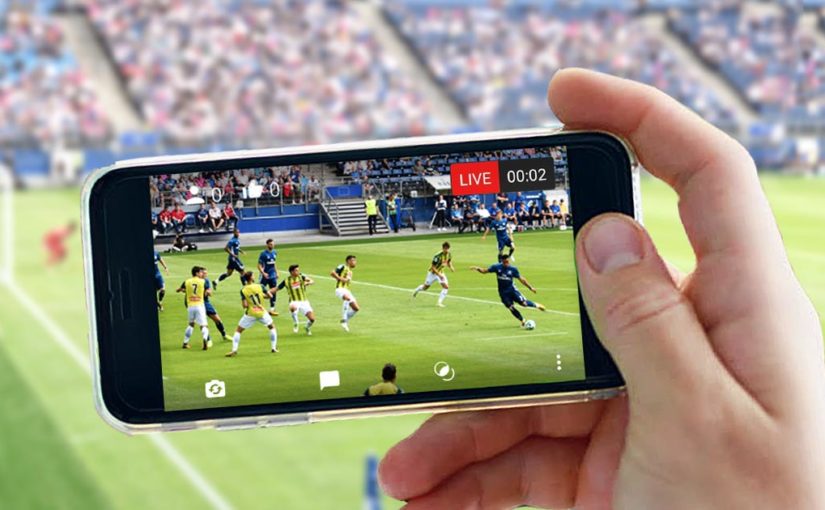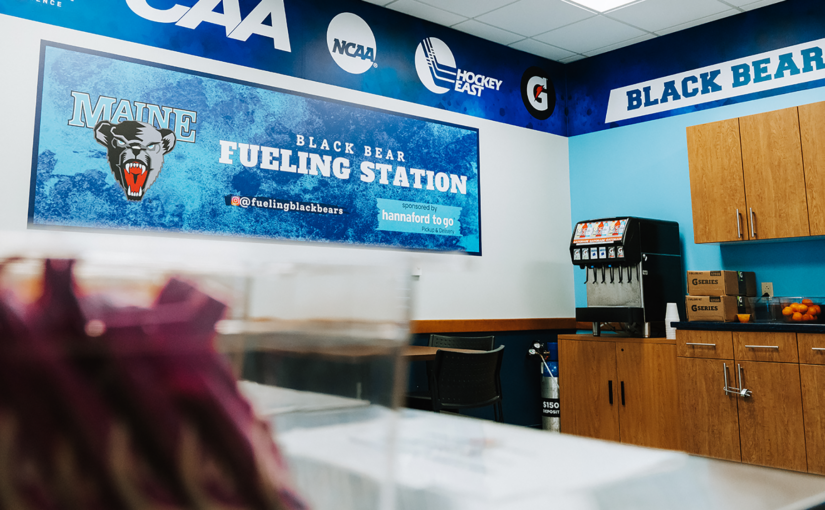Study Confirms 5G Viability at Athletic Stadiums
The 5G VISTA consortium includes companies such as Virgin Media O2, Rohde & Schwarz, DTG, GWS, Ori Industries, Imaginary Pictures, Ateme as well as Digital Catapult.
 The project is designed to offer solutions to a number of pain points experienced by broadcasters and TV crews at events venues and stadiums. The consortium behind 5G VISTA noted in-stadia mobile connectivity for fans is notoriously weak, with challenges for large sporting venues in providing enough capacity to deliver enhanced spectator experiences at a reasonable cost. It adds that 5G broadcast allows these experiences at a cost advantage compared with more traditional cellular solutions.
The project is designed to offer solutions to a number of pain points experienced by broadcasters and TV crews at events venues and stadiums. The consortium behind 5G VISTA noted in-stadia mobile connectivity for fans is notoriously weak, with challenges for large sporting venues in providing enough capacity to deliver enhanced spectator experiences at a reasonable cost. It adds that 5G broadcast allows these experiences at a cost advantage compared with more traditional cellular solutions.
Digital Catapult’s new report, 5G VISTA: Bringing New Dimensions to In-Stadia Sporting Events, is described as a breakthrough. It examined considerations for 5G Broadcast technology’s widespread rollout at sporting events, pinpointing current challenges and opportunities associated with its adoption.
The report concluded that there are clear benefits to 5G Broadcast technology such as allowing broadcast servicing to operate on a cellular network, supporting the delivery of multi-angle HD video streams to thousands of viewers, and generating revenue through partnership deals and additional sales channels.
Said Kostas Katsaros, lead 5G technologist at Digital Catapult: “5G VISTA has made really critical strides towards a future where connectivity woes at large scale events are a thing of the past. Thanks to hard work across the consortium, we have proved that 5G Broadcast offers an efficient and cost-effective alternative to other cellular solutions being deployed at sporting events – existing options that can really break the bank for a network provider.
“This report highlights the commercial viability of using a 5G Broadcast-enabled solution like 5G VISTA to take spectator experiences to a new level at football or motor racing events. It marks a leap towards this kind of solution being rolled out on a mass scale, and I can’t wait to see where learnings from 5G VISTA take us next.”







